Sand & Multi-Media Filters
In industrial filtration, generic solutions often fall short. we specialize in designing custom-engineered cartridge filter housing systems that meet your unique operational needs. From chemical processing and pharmaceuticals to food and beverage manufacturing, our expertise in bespoke filtration design ensures reliability, performance, and compliance.
What Are Sand Filters & Multi-Media Filters?
Sand filters use layers of high-purity silica to remove sediment, rust, and visible turbidity from water. Multi-media filters, also called layered or dual-media filters, go a step further by incorporating anthracite, garnet, and fine sand. This structure enables better depth filtration, capturing particles as small as 10–15 microns. These systems are ideal for industrial operations, municipal treatment plants, and agricultural irrigation.
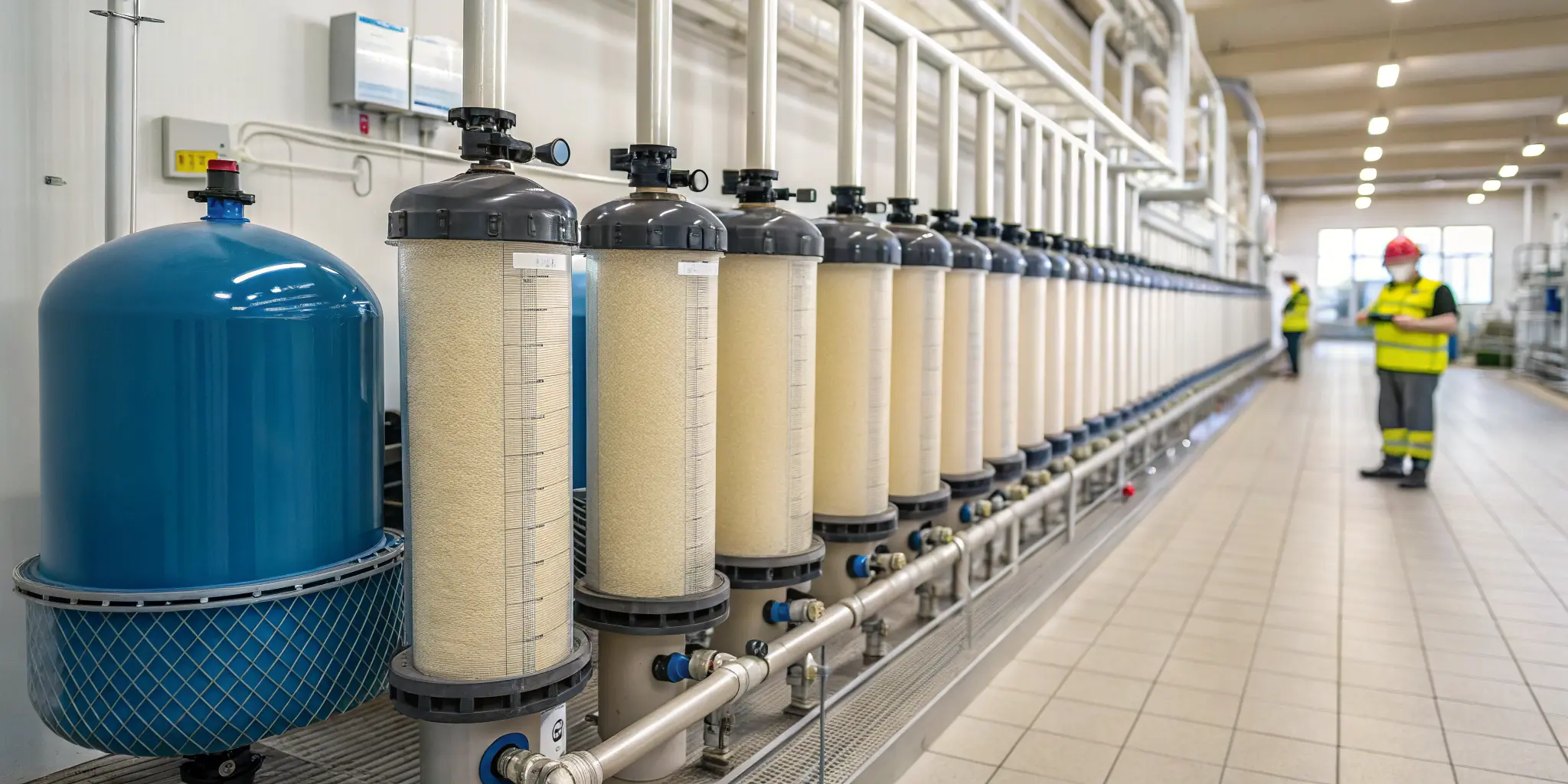
How Filter Media Specs Impact Performance
Material: Uniform silica sand (0.45–0.55 mm).
Bed Depth: 24–30 inches for maximum sediment holding.
Flow Rates: 5–20 GPM/ft²; adjustable to match your system.
Micron Rating: Standard sand filters remove 20–50 microns.
Sand vs. Multi-Media Filters: Which Is Best for Your Application?
Sand Filters
Budget-friendly
Effective for light sediment loads
Ideal for pools, farms, and prefiltration
Multi-Media Filters
Removes smaller particles (5–15 microns)
Suited for wastewater, RO pre-treatment, and heavy silt
Higher dirt-holding capacity and longer runtime between cleans
Dual-Media Filters
Combines anthracite and sand for a balance of performance and cost
Benefits of Our Engineered Filtration Systems
1
Extended Lifespan: Layered media means less frequent backwashing.
2
Stable Flow: Maintains pressure even under high volume.
2
3
Reduced Maintenance: Automated cleaning cycles save time.
4
Eco-Conscious: Reusable media reduces environmental footprint.
4
5
Versatile Use: Handles iron, turbidity, organic matter, and more.
Application
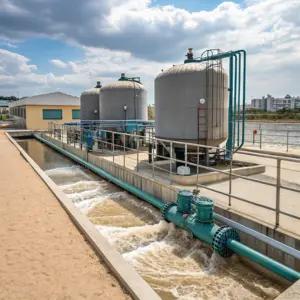
Municipal Treatment
Ensures clarity before disinfection.
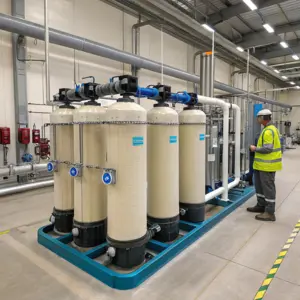
Industrial Facilities
Recirculating water for boilers or coolants.
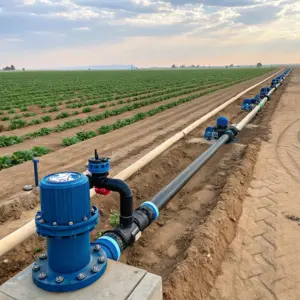
Irrigation Systems
Prevents clogging in agriculture.
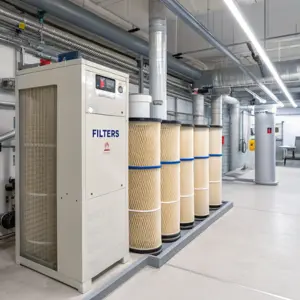
Commercial Buildings
Protects HVAC systems and equipment.
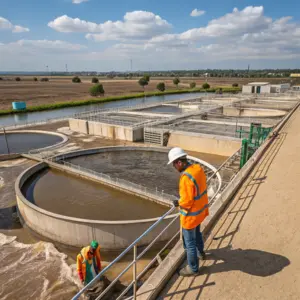
Wastewater Plants
Final polishing stage before discharge.
Comparison Table: Sand vs. Multi-Media Filters
| Feature | Sand Filter | Multi-Media Filter |
|---|---|---|
| Particle Size | 20–50 microns | 5–15 microns |
| Media Composition | Single layer (sand) | 2–3 layers (anthracite, sand, garnet) |
| Cost | More affordable | Higher initial investment |
| Best For | Low sediment loads | High turbidity, organic material |
Choosing the Right System: Key Considerations
Water Quality Goals: Need high clarity? Go multi-media.
Budget: Sand is economical, but may require more frequent maintenance.
Flow Demands: Higher GPM? Layered filters handle it better.
Frequently Asked Questions
What’s the difference between a sand filter and a multi-media filter?
Sand filters use a single layer of silica sand to remove larger particles (typically 20–50 microns), while multi-media filters use two or more media layers (like anthracite, sand, and garnet) to filter out smaller particles (5–15 microns). Multi-media filters offer better depth filtration and longer runtime before backwashing.
Which filter is better for high turbidity water?
Multi-media filters are more effective for high turbidity or dirty water because of their layered design, which captures a broader range of particle sizes and organic material. They’re ideal for pre-treatment before RO systems, wastewater polishing, and surface water treatment.
How often should sand or multi-media filters be backwashed?
Typically, backwashing should be done weekly or whenever the pressure drop exceeds 10 psi. Automated backwash systems can simplify maintenance and ensure consistent performance.
What is the lifespan of filter media?
• Silica sand: Replace every 3–5 years depending on water quality and usage
• Anthracite or garnet: Replace every 5–7 years
Regular inspection helps extend media life and system efficiency.
Can I use these filters in residential water systems?
While they are primarily used in commercial, industrial, and municipal setups, smaller versions of these filters can be installed in residential systems, especially for homes using well water or with high sediment levels.
Do sand and multi-media filters remove iron or manganese?
Yes—when properly configured and combined with pre-oxidation (like chlorine or air), these filters can effectively reduce iron, manganese, and even hydrogen sulfide, especially in groundwater systems.
